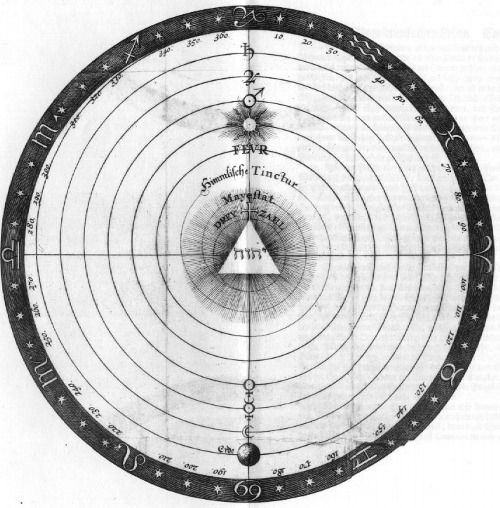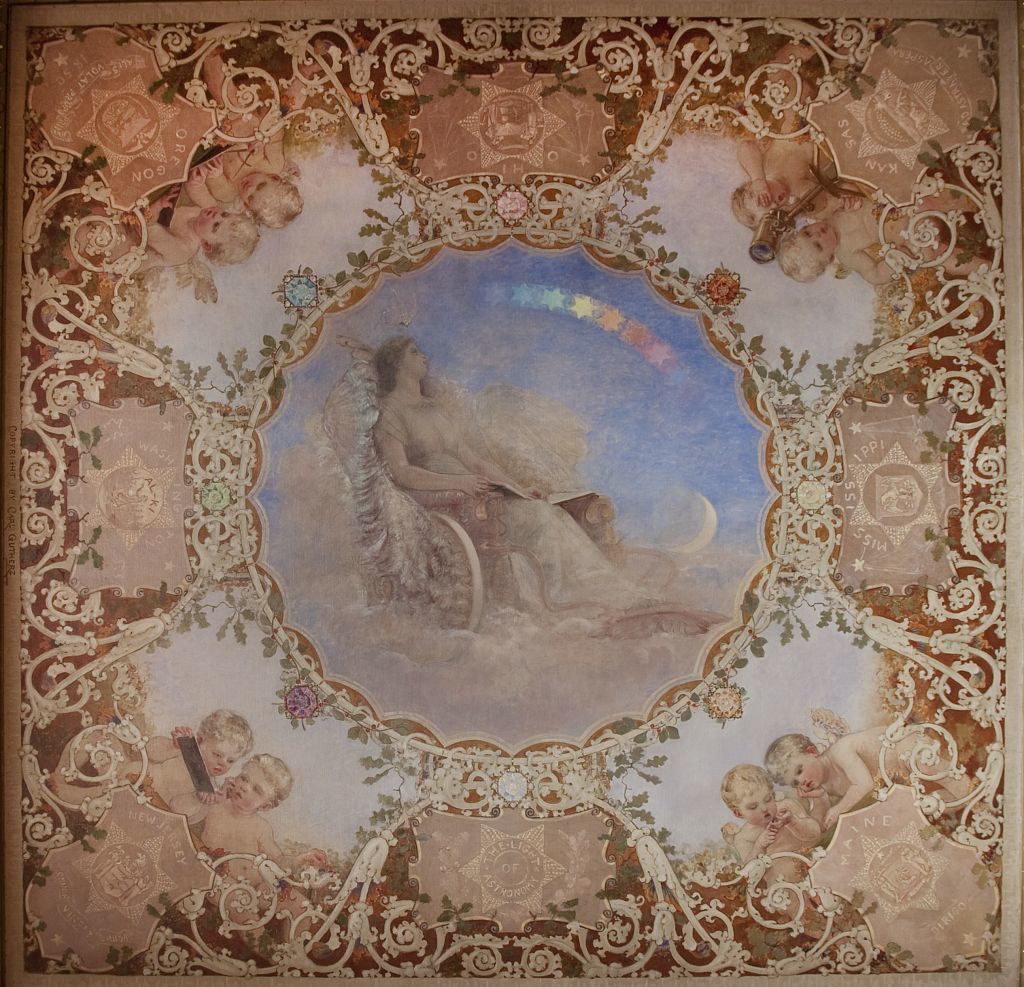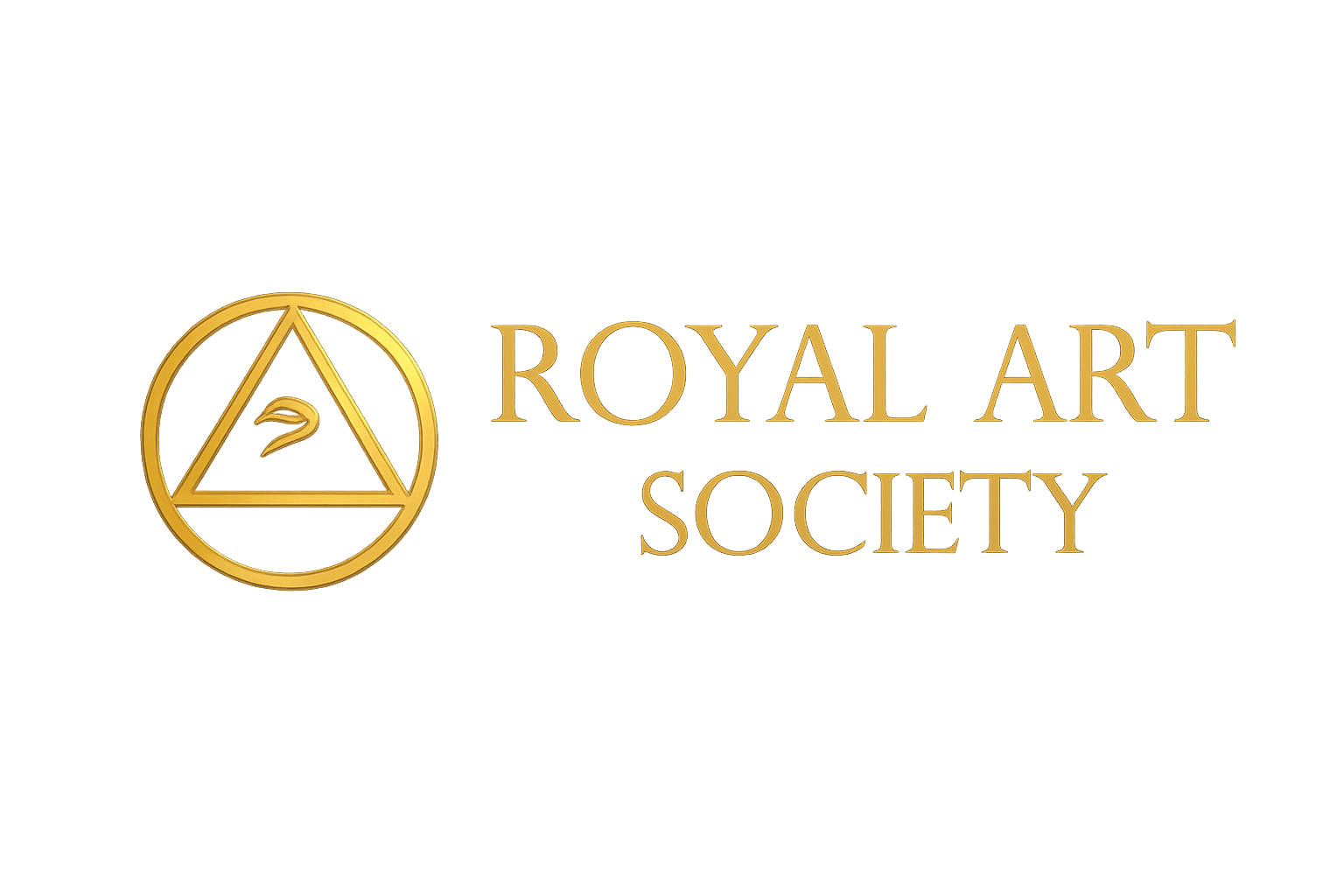
Scientific Alchemy
At first glance, inner alchemy may not appear scientific at all. It can feel like religion, for religion has long usurped the rightful place of the Royal Art. Yet the symbolism of alchemy is distinct from religious symbolism: it is not rooted in folklore, ecstatic visions, or conjectures about supernatural beings. It is not the imagery of cults, but the vocabulary of honest research.
Religionists often mock each other for their competing dogmas, while skeptics dismiss them all. No one likes to believe that their familiar worldview—especially one deeply invested with identity—might be mistaken. But the alchemist seeks to move beyond both dogma and mere intellect, toward a holistic state of mind that adapts fluidly to new knowledge. Mercury, the Roman messenger god, or Hermes of the Greeks, symbolizes this quickness of thought, ever-shifting yet ever-true.
The student of alchemy begins with the same symbolic material as the religious devotee, but unlike the religionist, does not base their worldview on inherited myths of a particular culture. Instead, the alchemist daily reconstructs an evolving worldview through the methods of symbolic alchemy: meditation, reason, and science.
This capacity to integrate and adapt is no luxury—it is a key to survival in an age where scientific technology grows at exponential speed. Life has existed on earth for 3.5 billion years, anatomically modern humans for 200,000 years, but modern science for less than 500. The future belongs to science, and the Royal Art must grow with it.

Evolving Symbolism
Carl Gustav Jung (1875–1961), the principal student of Sigmund Freud and founder of analytical psychology, emphasized the role of archetypes—symbols of the collective unconscious that underlie dreams and myths. For Jung, symbols were not idols to be worshipped, but signposts of reality. They formed a kind of universal vocabulary of the human psyche.
Alchemical symbols, like Jung’s archetypes, point to shared experiences of body and mind. The seven planets and metals of alchemy represent fundamental archetypes: Melancholy (Saturn), Law and Power (Jupiter), Love (Venus), War (Mars), Reflection (Moon), Creative Life-Force (Sun), and Divine Communion (Mercury). These are not superstitions but recurring psychological realities, which science can analyze, refine, and integrate into the Great Work of human development.
Early alchemists, using the science of their time, expressed psychology in astronomical and chemical language. Medieval Europe saw this as a return to the classical education of Greece and Rome, to the four elements—Fire, Air, Water, Earth—and their fifth, Spirit: the life-force, mind, or pure awareness. Alchemical operations were described as the purification of mortal thoughts and passions into clarity.
Alchemist-scientists such as Robert Boyle (1627–1691) drew analogies between the five elements and the four states of matter: plasma (heat), gas, liquid, and solid—along with the organic life that emerges from them. Today, science recognizes over 100 chemical elements and four fundamental forces—gravity, electromagnetism, and the weak and strong nuclear forces. The search for a “unified theory of everything” continues, just as the alchemists once said, “Heaven is one kingdom.”

The Renaissance of the Future
Thus, modern theories—atomic, quantum, string, quark—can complement alchemical cosmology. Where science dissects reality into parts, the Royal Art re-unites them into a holistic way of life. Together, they form a scientific-alchemical worldview that is both analytical and integrative.
But the individual does not exist in isolation. To “know thyself” requires understanding not only personal psychology but also social and political psychology. Archetypes and symbols play roles in the body politic as much as in the individual. Alchemists study how leaders are chosen, sacrificed, or venerated, and how these processes are mirrored in myths, stories, and rites. The “deep Magic” of one age becomes the new Science of the next.
As the world contracts through advances in communication and transport, the diverse cultures of humanity are drawn into neighborly relation. Just as Asia has learned Western science and technology while integrating them with tradition, the West is finally learning from the contemplative disciplines of the East. In this synthesis—symbolic alchemy joined with modern science—the Royal Art finds its true expression: not superstition, not sectarianism, but a living science of transformation.
The Book of the Royal Art embodies this synthesis. It is not a scripture of faith but a curriculum of experiment—where symbolic alchemy and modern science meet in a disciplined path of study, meditation, and practice. Each rite, grade, and meditation is designed as both symbolic exercise and testable method, subject to refinement through experience and reason. In this way, the Royal Art Society preserves the heritage of alchemy while transforming it into a living science of wholeness for the modern world.
I. JOIN OUR MEMBERSHIP AS A CANDIDATE
II. REGISTER AND COMPLETE THE INVESTITURE

